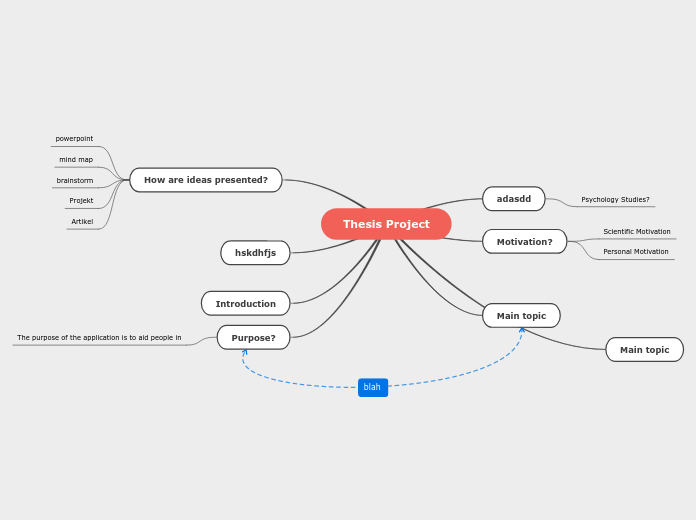CATALYST
CATALYST REGENERATION
Homogenuos catalytic
Heterogenuos catalytic
REQUIREMENT FOR A GOOD CATALYST
A large interfacial area
The area of catalyst is provided by inner porous structure
A typical sillica
High surface area
TYPES/CLASSIFICATION CATALYST
Unsupported
Distinguish from supported catalyst
Example:The platinum gauze for ammonia oxidation
Supported
A catalyst consist of minute particles of an active material dispersed over a less active substance
Example:The packed- bed catalytic converted automobile
Monolithic
A catalyst that can be either porous or on- porous
Example:The platinum gauze reactor used in the ammonia oxidation portion of nitric acid manufacture
Molecular sieve
A catalyst that admit molecules but prevent large ones from entering
Example:The production of xylene from toluene and methane
Porous
A Catalyst that has a large area resulting from porous
Example:Raney nickel used in the hydrogenation of vegetable and animals oils
CATALYST DEACTIVATION
Poisoning
This mechanism occurs when the poisoning molecules become irreversibly chemisorbed to active sites, thereby reducing the number of sites available for the main reaction
Fouling or coking
This mechanism is common to reactions involving hydrocarbons
Aging phenomenon
Also known as sintering which referred to the loss of catalytic activity due to the loss of active surface area resulting from the prolonged exposure to high gas – phase temperature
APPLICATION OF CATALYST
Industrial gas companies
Power station
Oil rigs
CATALYST VS CATALYSIS
CATALYSIS
The development and use of catalyst is a major part of the constant search for new ways of increasing product yield and selectivity from chemical reactions
The occurrence, study and use of catalyst and catalytic processes
Catalyst changes a reaction rate by promoting a different molecular path (or mechanism) for the reaction
Defined as substance that affects the rate of a reaction but emerges from the process unchanged









